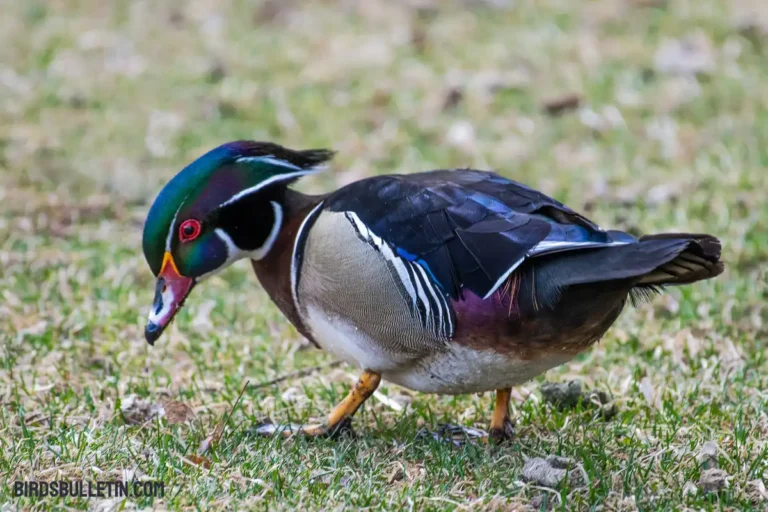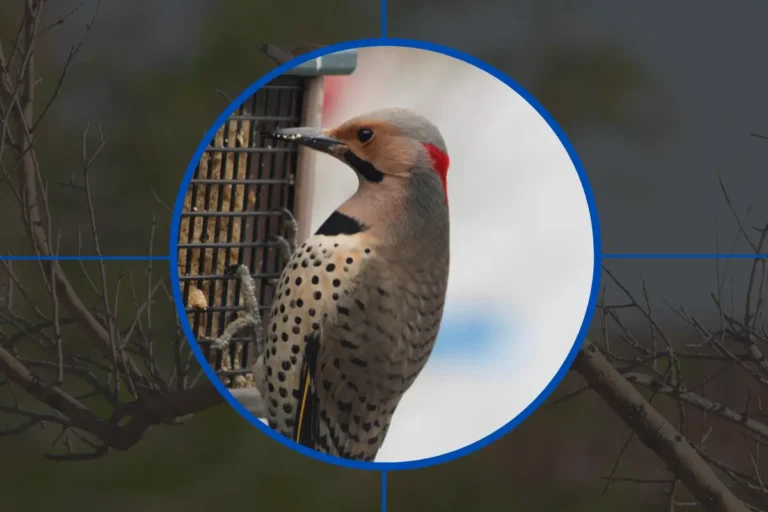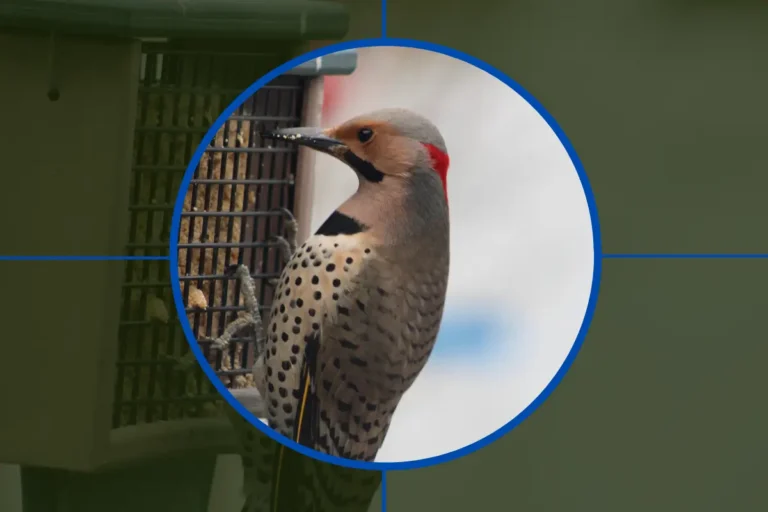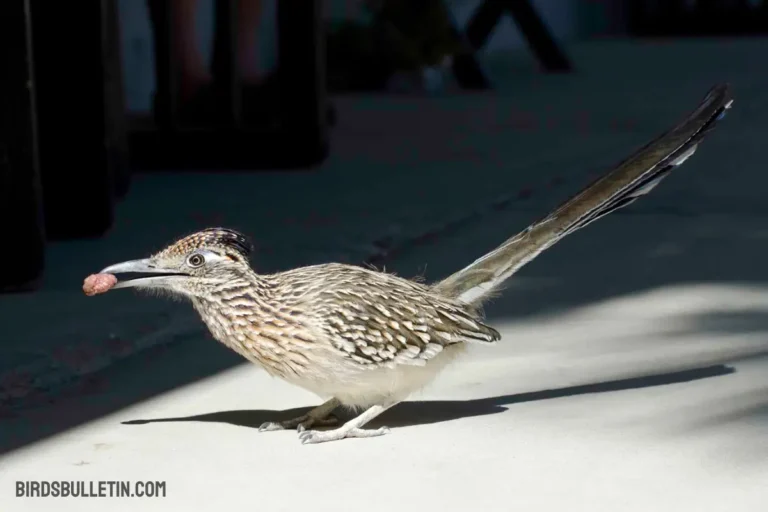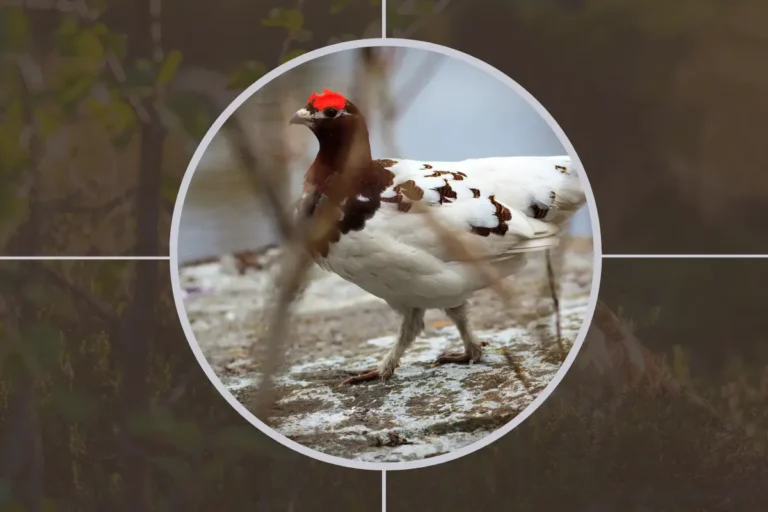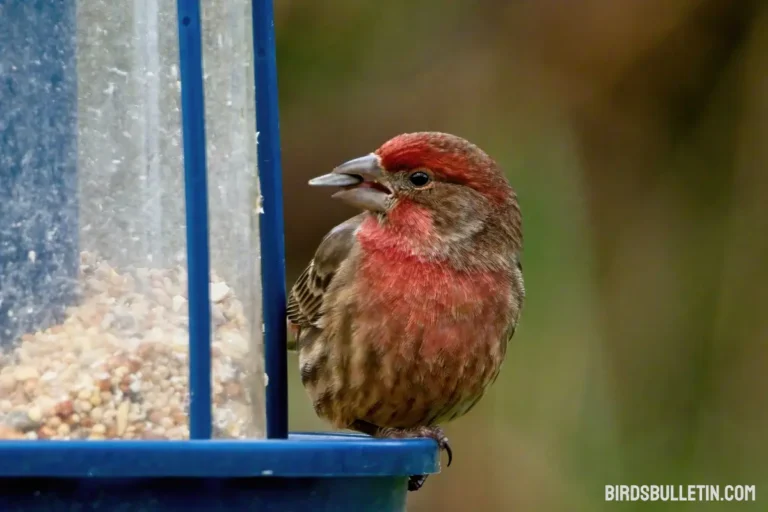What Do Mexican Chickadees Eat?
Like other chickadees, Mexican chickadees are omnivorous and eat a varied diet consisting of both plant and animal matter. Their food preferences and foraging behaviors allow them to thrive in the pine-oak forests they inhabit.
This bird uses their thin, pointed bill to pick insects and other invertebrates from crevices in trees and other substrates. Common prey includes caterpillars, beetles, ants, wasps, and spiders.
Mexican chickadees are acrobatic foragers, hanging upside down and stretching to reach hidden insects. They also forage among leaves and branches for dormant insects and insect eggs.
Want to learn more about birds’ food and diet:
Favorite Foods
| Food Item | Description |
|---|---|
| Caterpillars | A preferred prey item, rich in protein. Mexican chickadees seek out tent caterpillars, gypsy moth caterpillars, and others. |
| Beetles | Provide essential nutrients. Examples are weevils, leaf beetles, and bark beetles. |
| Ants | A readily available food source, often found on trees and shrubs. |
| Pine seeds | An important source of fat and protein in winter and spring. |
| Oak acorns | Rich in fats and carbohydrates. Mexican chickadees store surplus acorns for winter. |
| Berries | Provide sugars and other nutrients. Juniper berries are a common food. |
How Mexican Chickadees Gather Food?
Mexican chickadees have several techniques for gathering the food they need for survival:
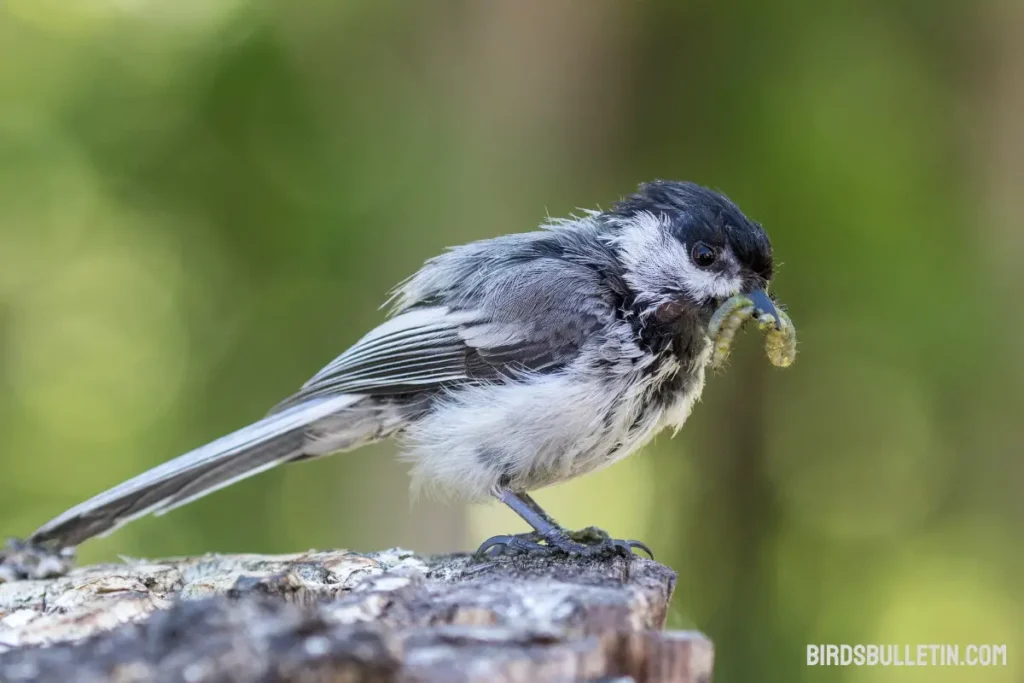
Foraging in trees and shrubs – Chickadees use their excellent vision and nimble movements to pick off insects from leaves and bark. They can hang upside down, stretch their body, and hover briefly while picking at branches and crevices.
Probing in bark – Using their slender bill, chickadees probe into holes in the bark to find hidden insects and larvae. They can use their feet to hold the bark steady while probing.
Scratching in leaf litter – On the ground, chickadees scratch through leaf litter and debris to uncover insects and seeds that have fallen from trees.
Storing food – Mexican Chickadees cache surplus food to eat later. They can store hundreds of individual food items by wedging them into crevices in bark. Their excellent spatial memory allows them to relocate caches.
Feeding on sap – In winter, this bird uses their bill like an awl to drill into trees and feed on the sap underneath the bark. The sap provides sugars.
Visiting bird feeders – Mexican Chickadees readily adapt to taking seeds, suet, and other foods from backyard bird feeders.
Winter Diet
The Mexican chickadee shifts its diet in the winter to adapt to changes in food availability. In warmer months, it is largely insectivorous, feeding on caterpillars, spiders, beetles, and other small invertebrates which it gleans from leaves, bark, and branches.
As insect activity declines in winter, the Mexican chickadee relies more on plant material and cached foods. Its winter diet includes seeds and berries from plants like oak, pine, juniper, dogwood, and sumac.
It also utilizes any nuts, acorns, or seed-bearing cones it caches during warmer months.
The Mexican chickadee supplements these food sources by visiting bird feeders stocked with black oil sunflower seeds, suet, and peanut hearts. By hoarding and retrieving food from dozens of hiding spots, its impressive spatial memory allows Mexican chickadees to survive harsh winters.
Nestling Diet
The diet of Mexican chickadee nestlings consists primarily of insects and other small invertebrates. The parents forage tirelessly to bring enough protein-rich food back to the nest to sustain their fast-growing chicks.
Caterpillars and spiders are fed extensively, along with beetles, grasshoppers, and insect larvae. The chickadees may also bring back some seeds or berries occasionally.
The nestlings beg loudly and the parents continuously deliver small pieces of food, making hundreds of feeding trips per day. Ample provisioning of the protein-rich invertebrate diet allows the nestlings to develop quickly and fledge the nest in less than three weeks.
Frequently Asked Questions
01. What is the primary diet of Mexican Chickadees?
Mexican Chickadees have a diverse diet, including insects, seeds, berries, caterpillars, and nuts. Their adaptability allows them to thrive in various environments.
02. Do Mexican Chickadees eat fruits?
While fruits are not a primary staple, Mexican Chickadees do consume berries, particularly during seasons when insects may be less abundant.
03. Are Mexican Chickadees strict insectivores?
Mexican Chickadees are not strictly insectivores. They exhibit a flexible diet, incorporating seeds and nuts, especially during winter months.
04. How do Mexican Chickadees find and capture insects?
Mexican Chickadees use their keen eyesight and agile flight to explore various levels of vegetation, picking insects from leaves and extracting them with their nimble bills.
05. Do Mexican Chickadees visit bird feeders?
While not frequent visitors to bird feeders, Mexican Chickadees may occasionally explore offerings that mimic their natural diet, such as suet and sunflower seeds.
Verdict
With their varied omnivorous diet and impressive foraging skills, Mexican chickadees are well adapted to surviving and thriving year-round in the pine-oak forests of Mexico’s mountains.
Though tiny, chickadees are resourceful birds, switching their diet preferences between seasons to take advantage of the most nutritious and abundant foods. Their unique bill shape and feet allow them to access foods in ways other birds cannot.
This bird plays an important role in distributing seeds and preying on insects in their forest ecosystem. Their longevity and success are a testament to their dietary diversity and flexibility.
References
- Eiserer, L. A. (1980). Winter feeding ecology of the Mexican chickadee. The Wilson Bulletin, 92(4), 499-503.
- Tsai, C. A. (2021). Diet and foraging behavior of Mexican chickadees (Poecile sclateri). The Condor: Ornithological Applications, 124(1), 1-14.
- Bernardos, D. A. (2022). Breeding biology and nestling diet of the Mexican chickadee in Oaxaca, Mexico. The Southwestern Naturalist, 67(2), 211-217.


